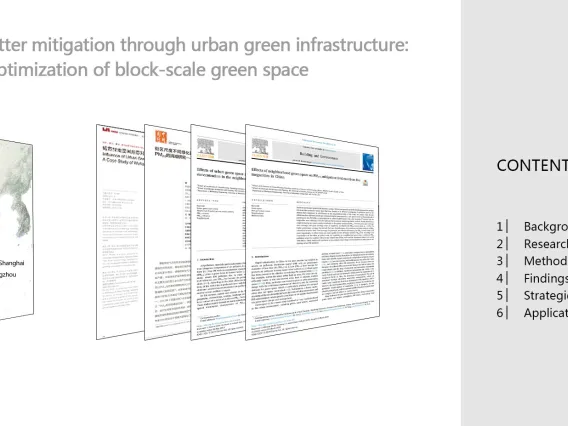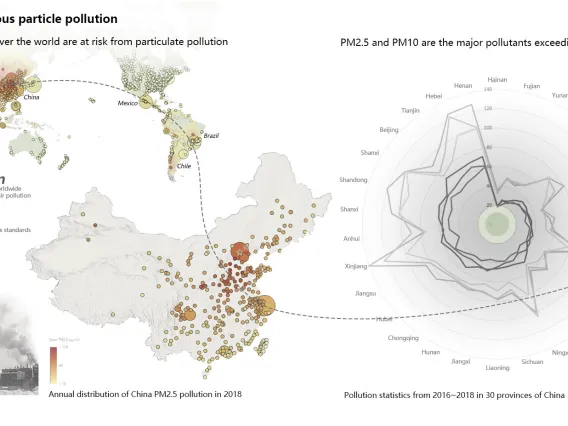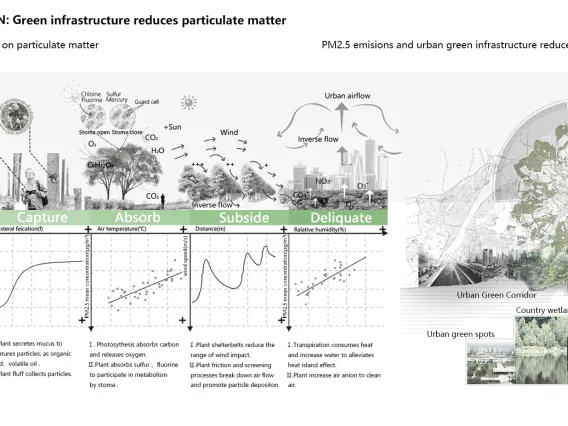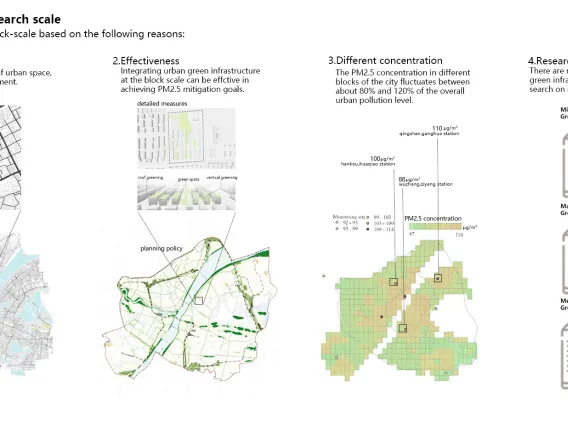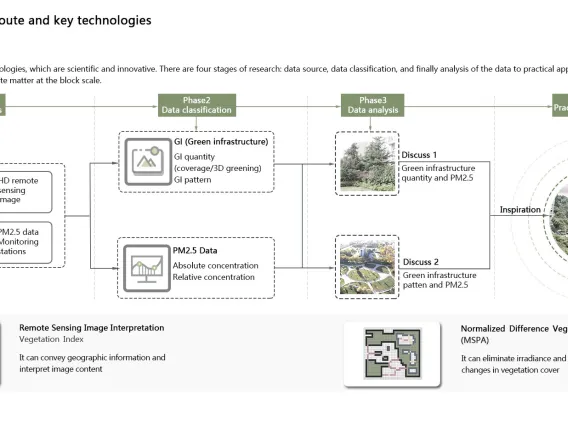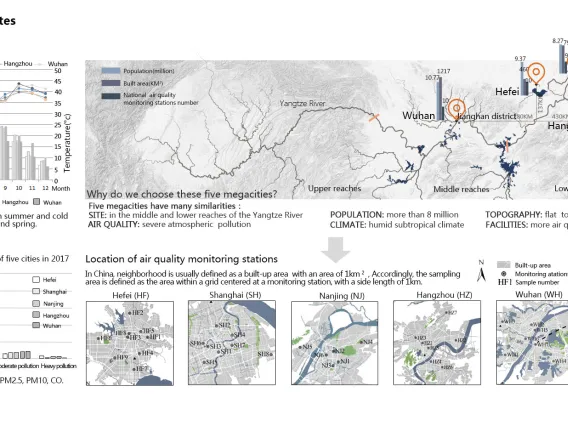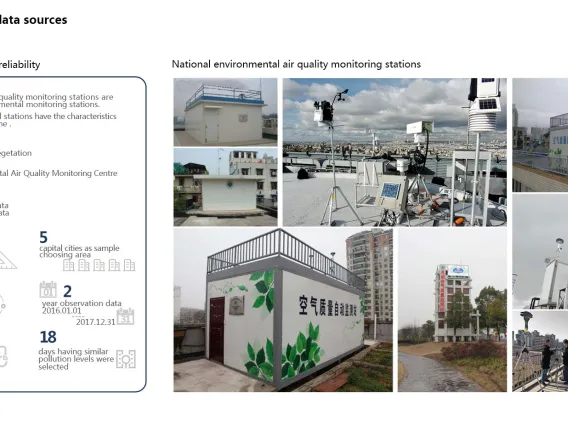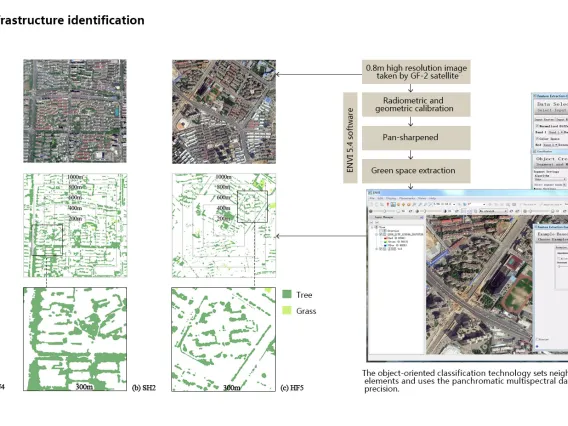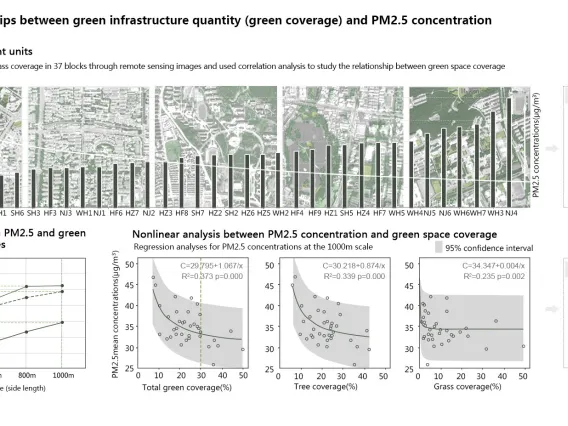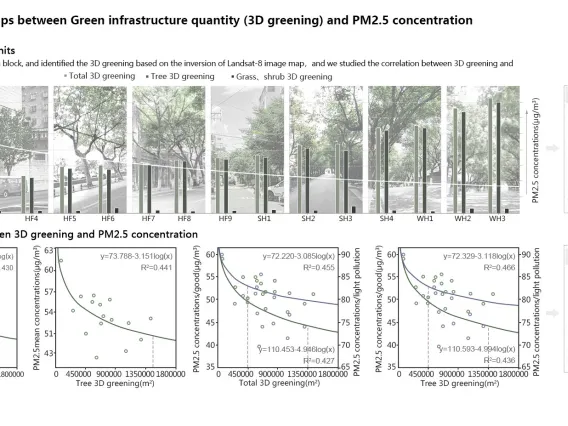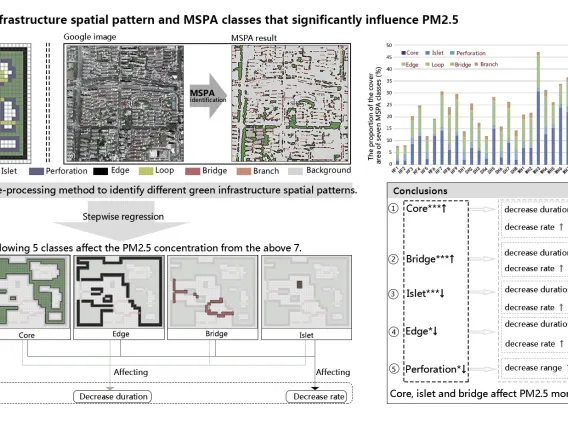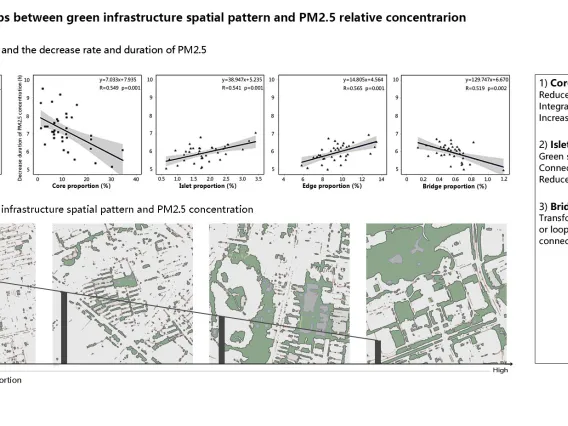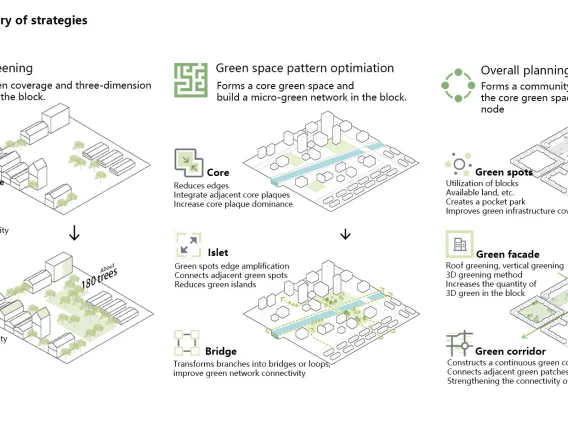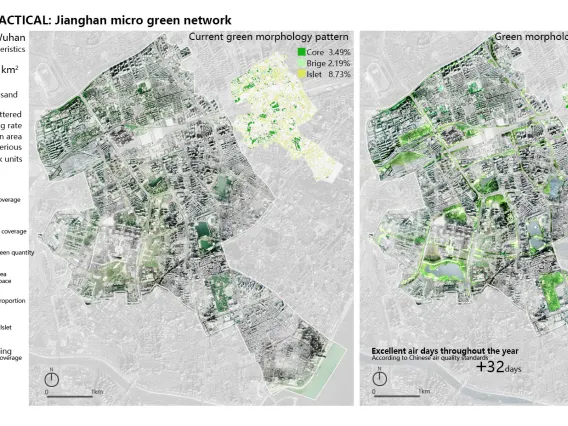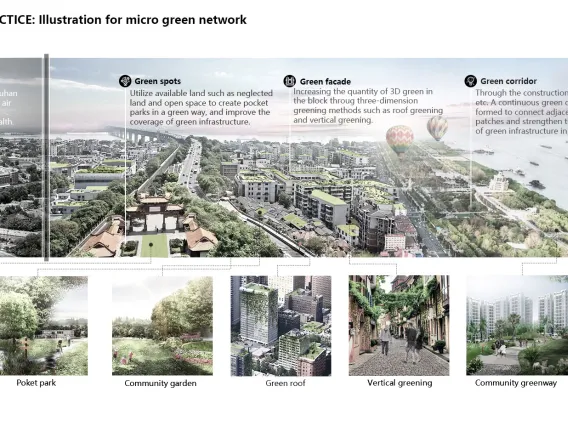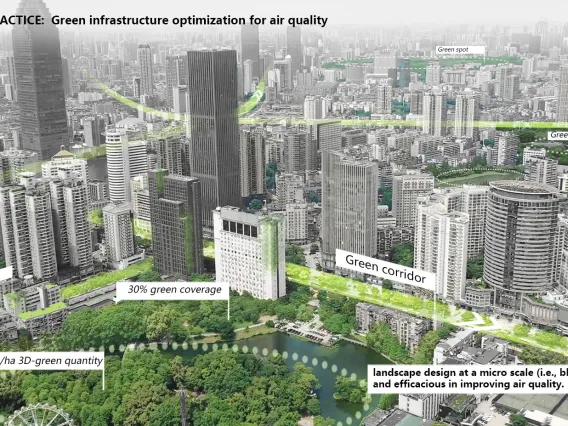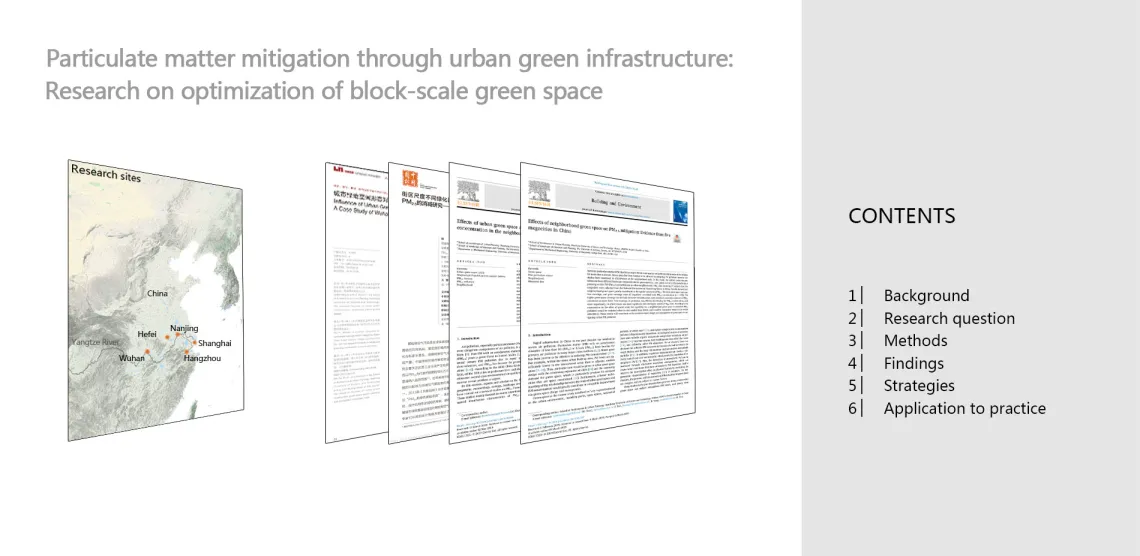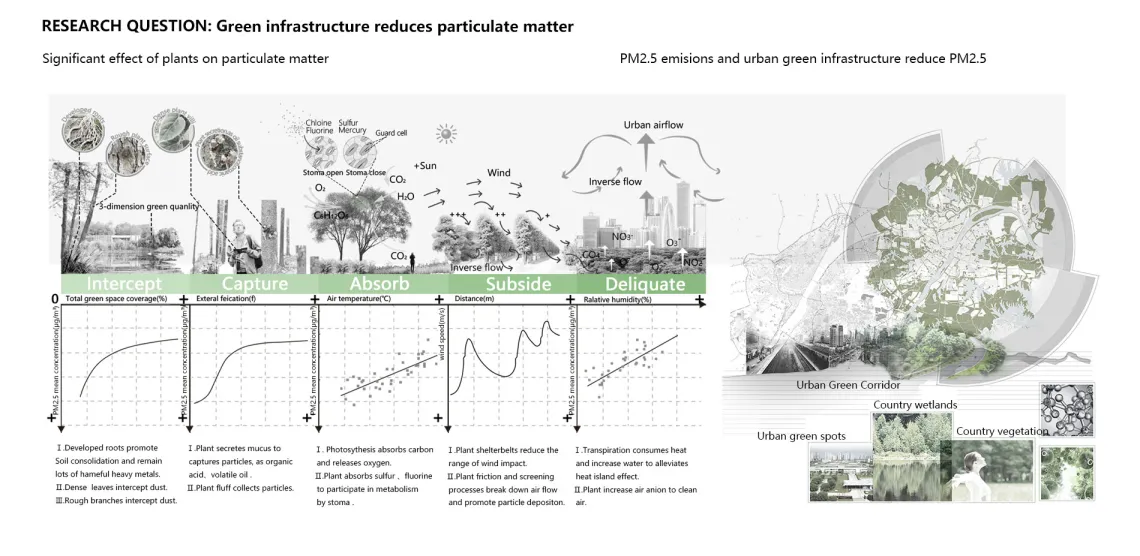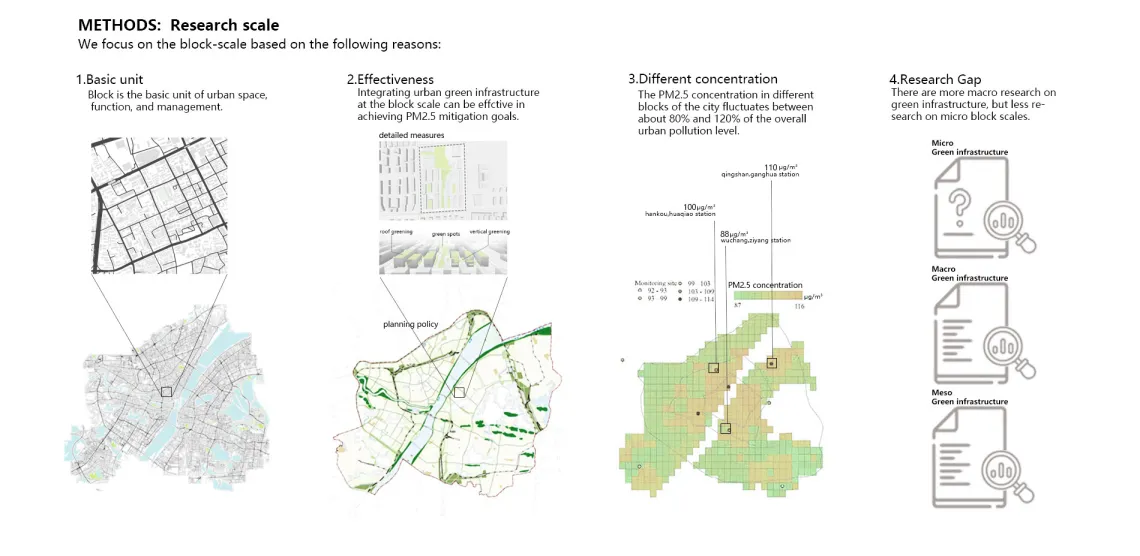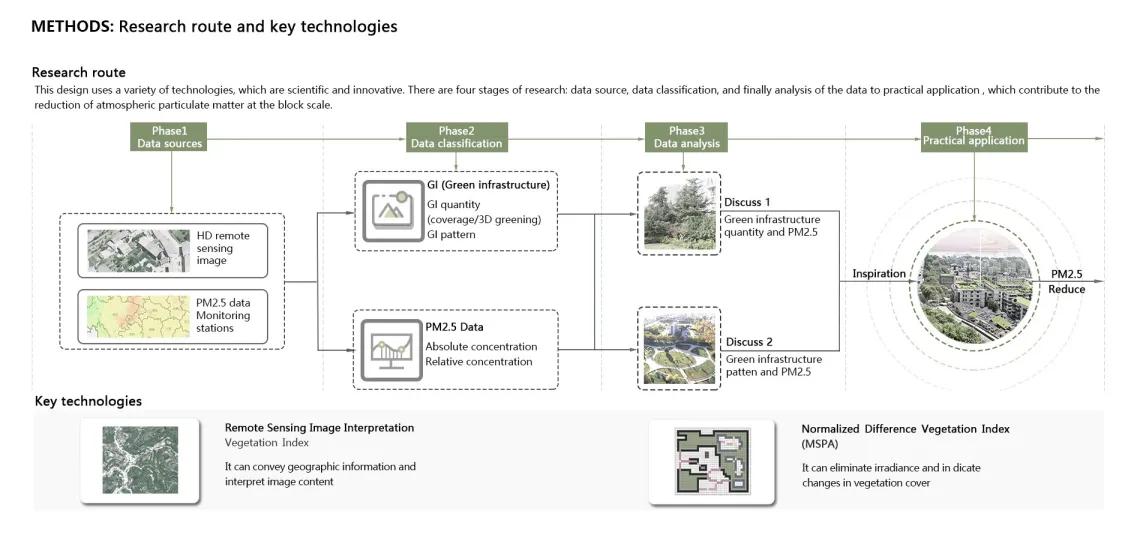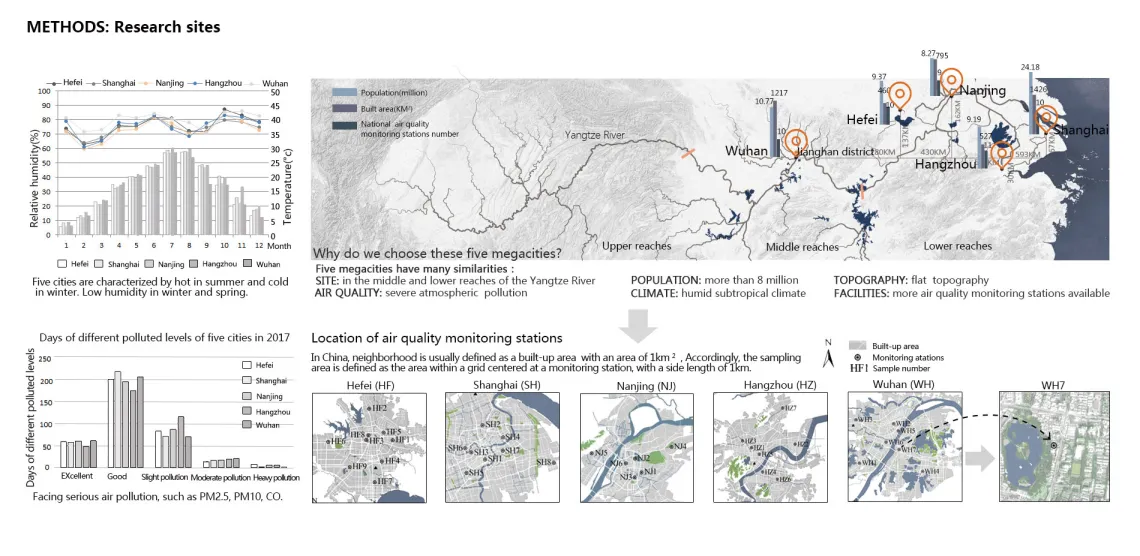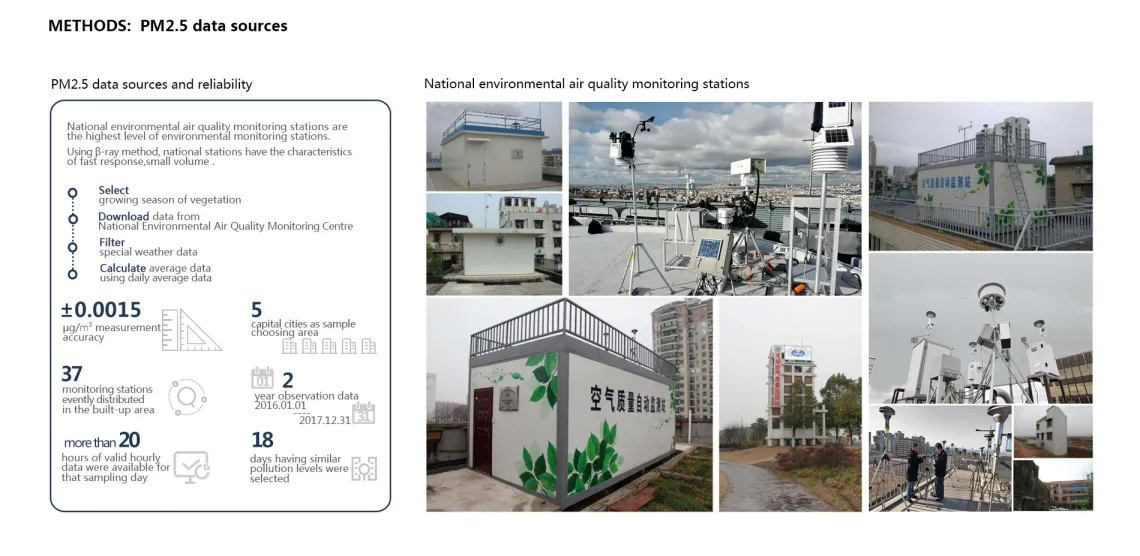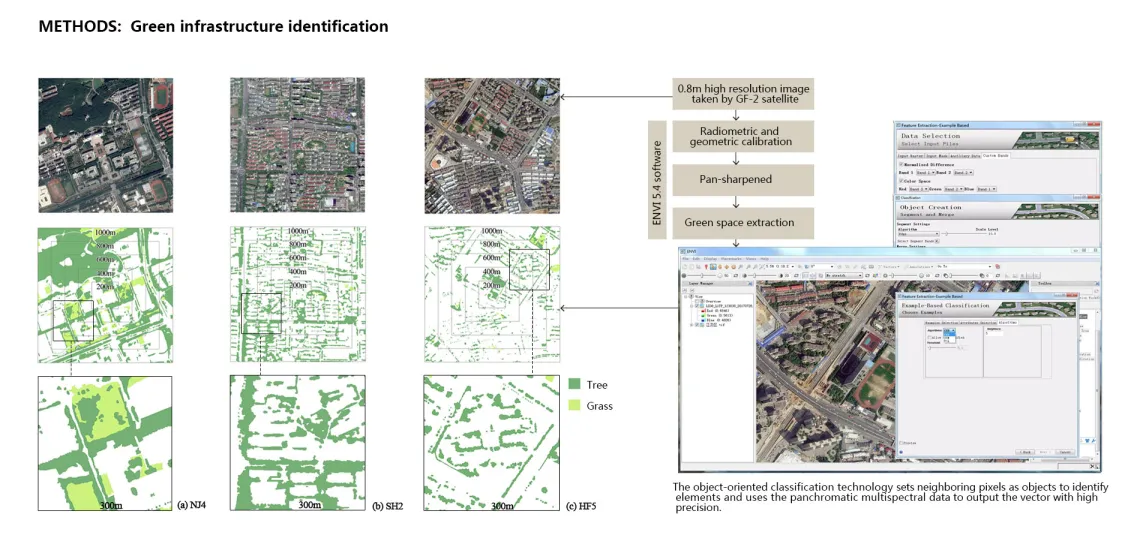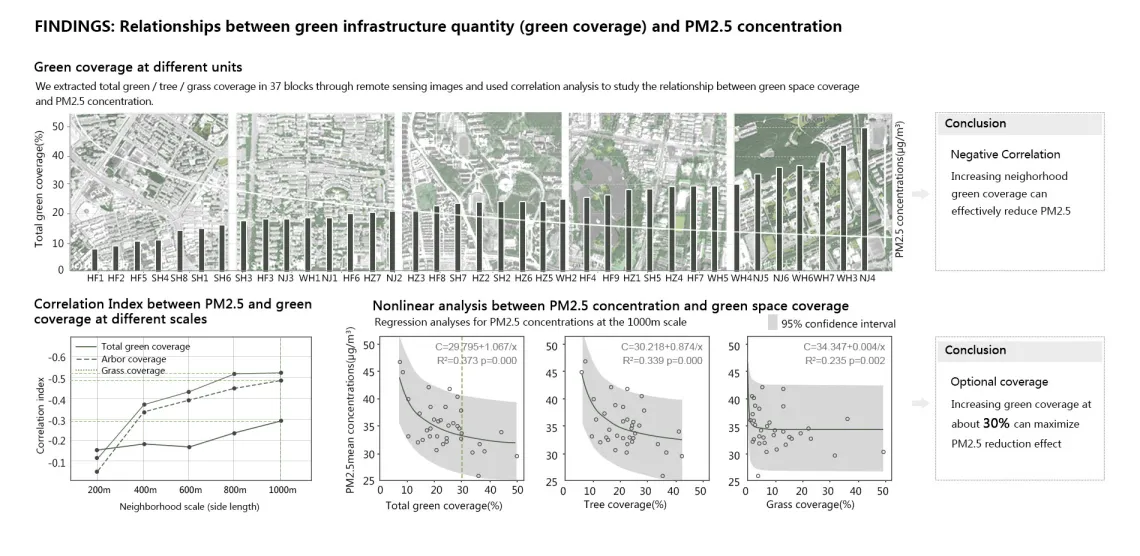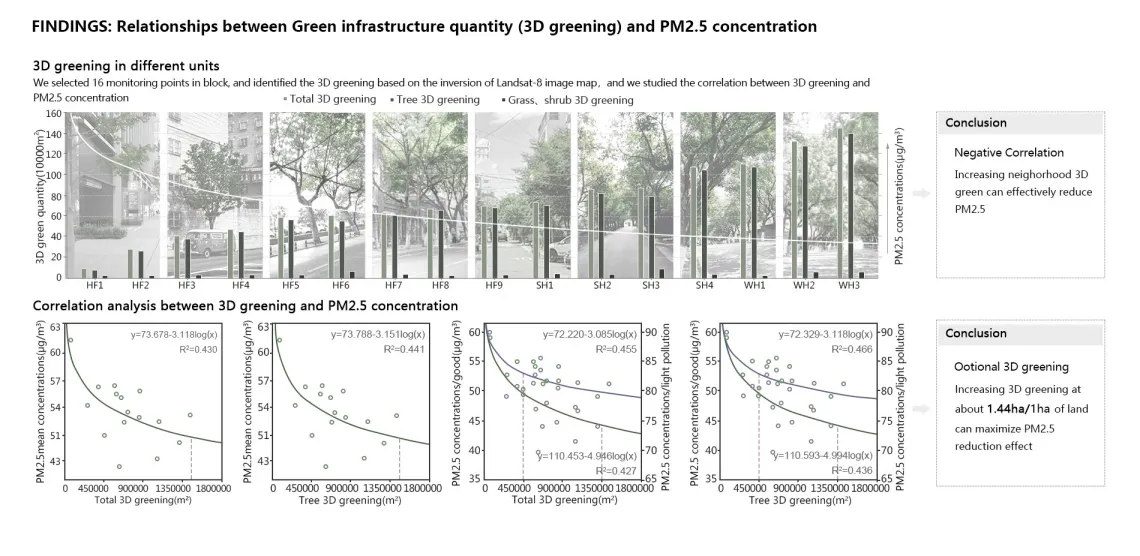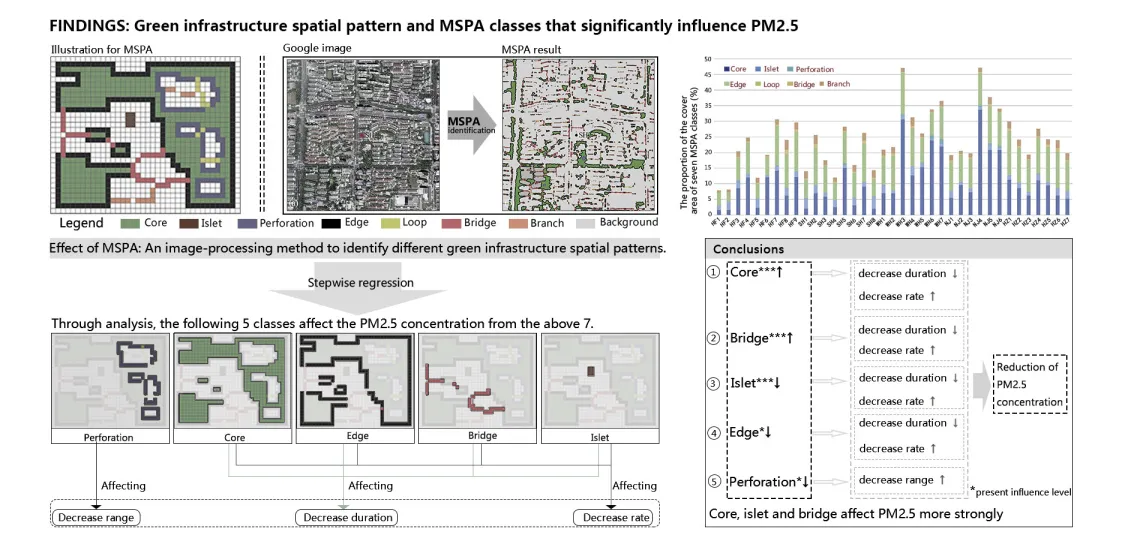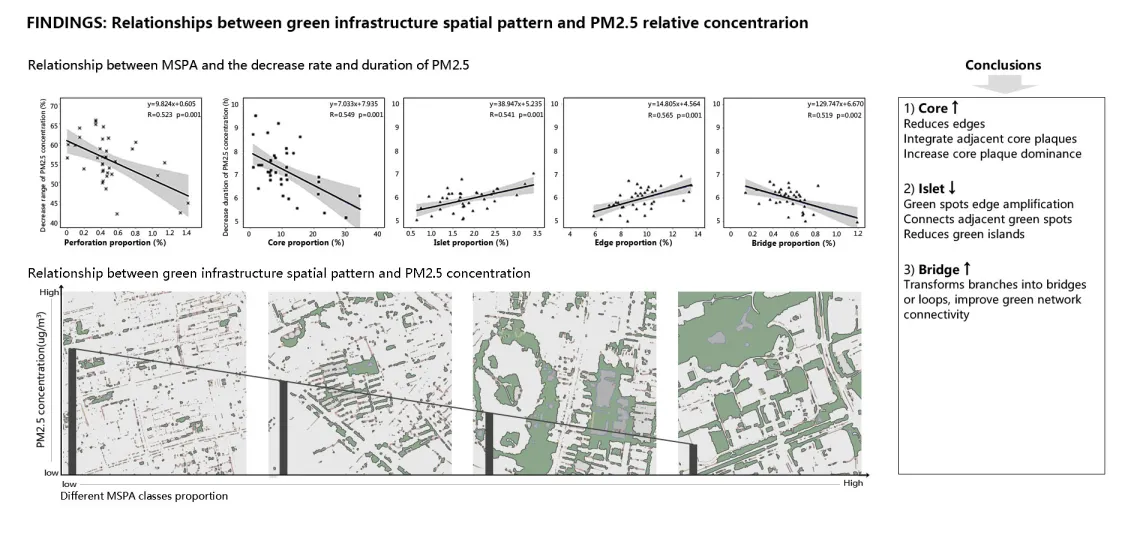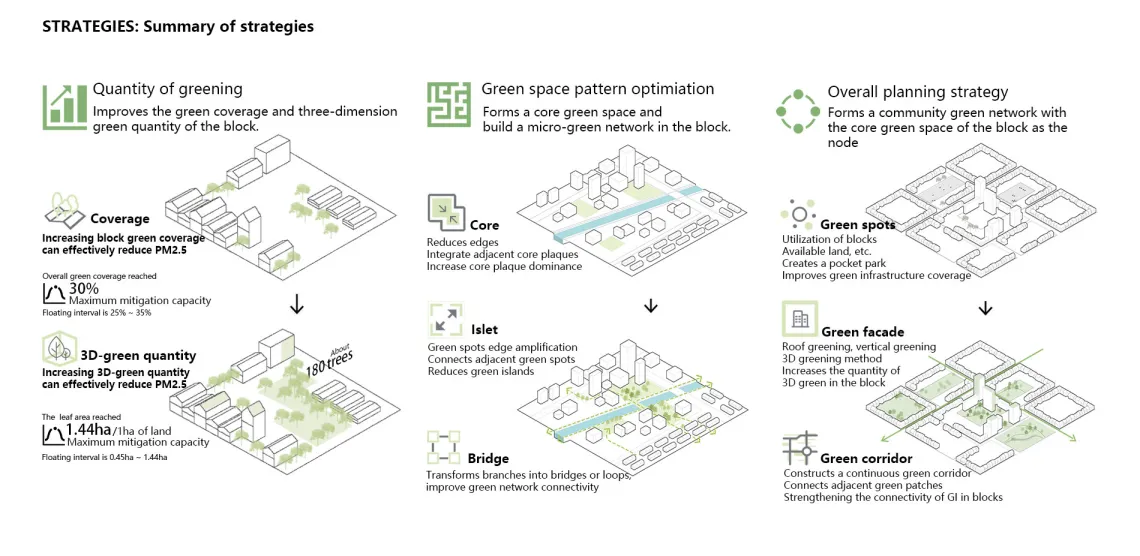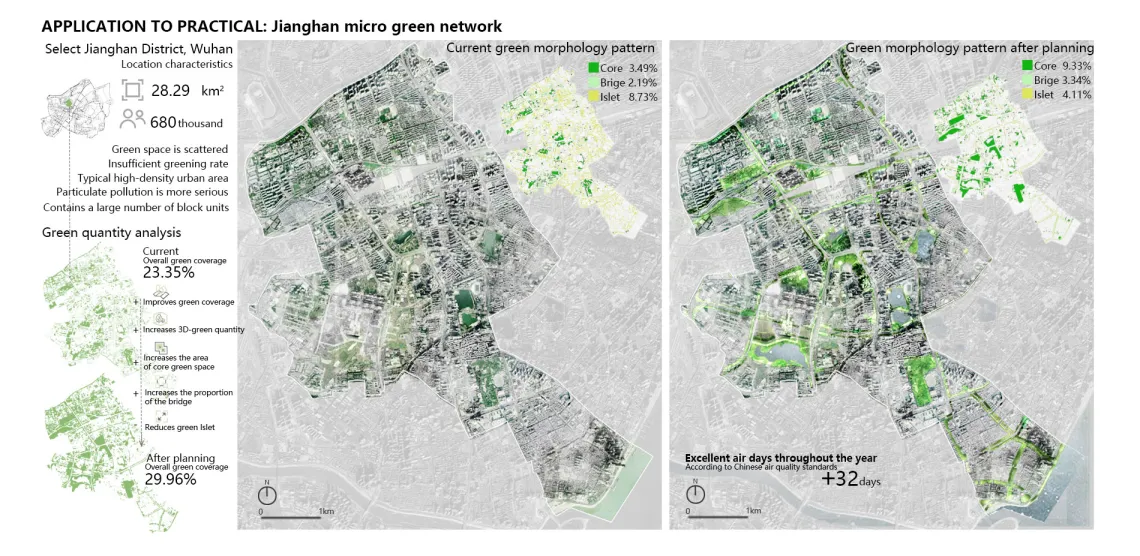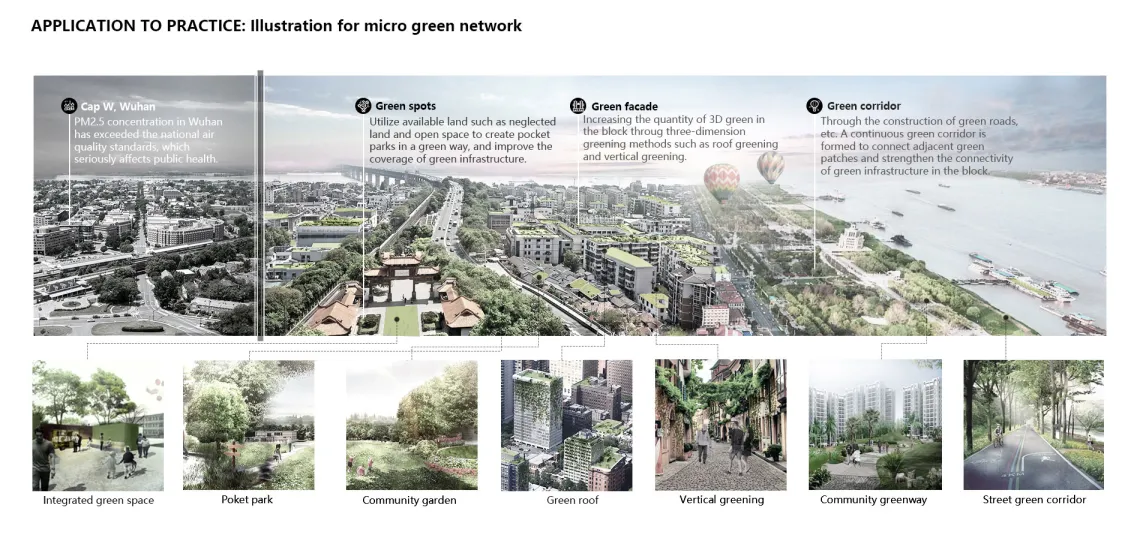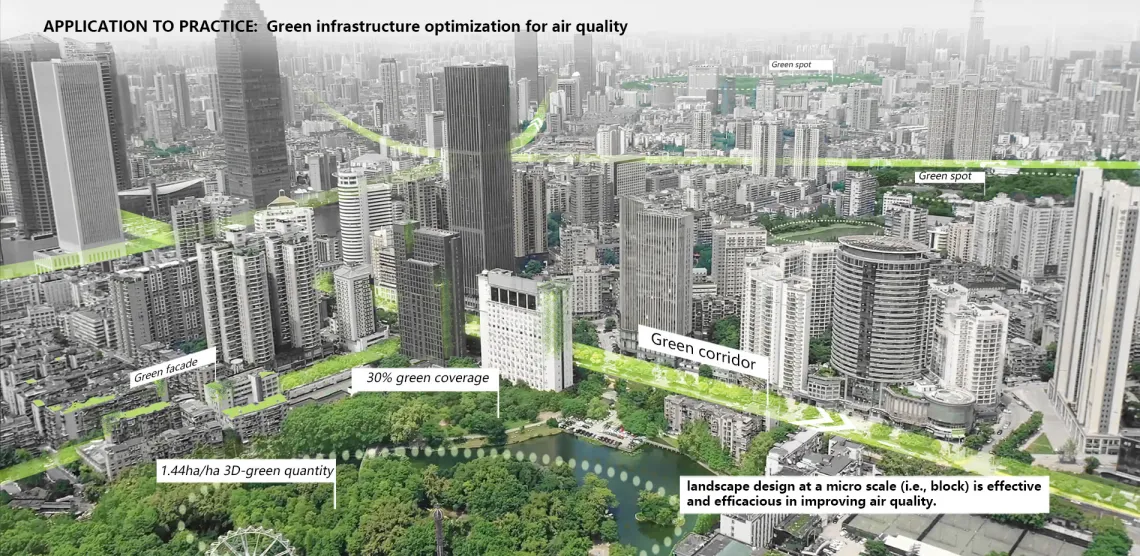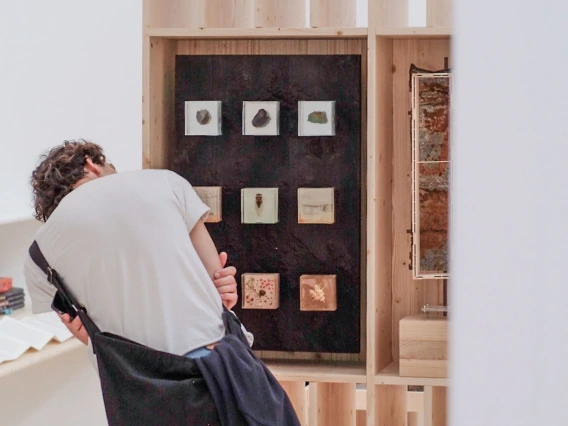Urban Green Infrastructure Project Led by Landscape Architecture Professor Bo Yang Wins ASLA Honor Award for Research
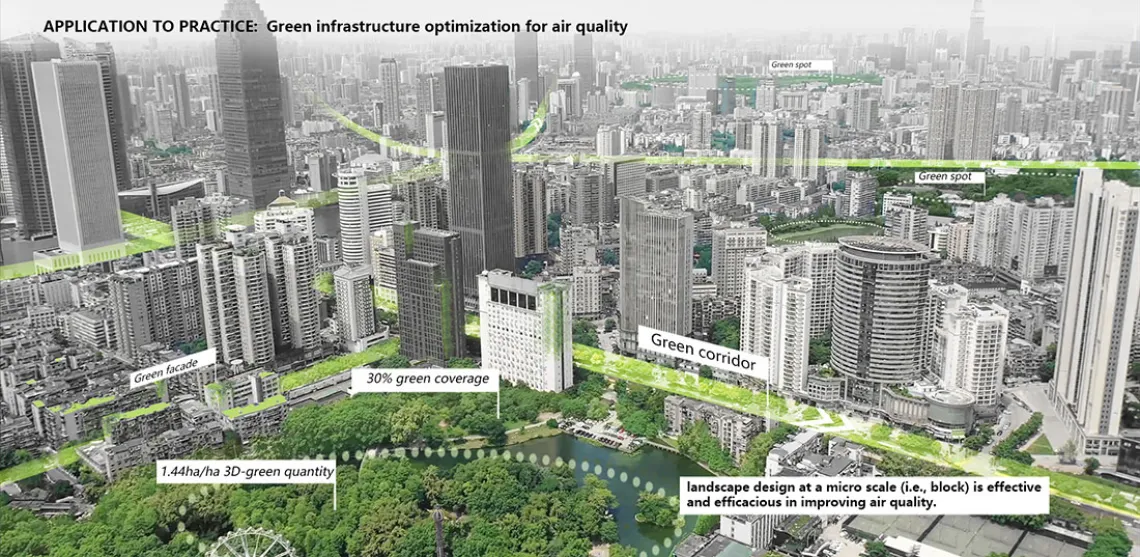
Bo Yang, professor of landscape architecture and urban planning in the College of Architecture, Planning and Landscape Architecture at the University of Arizona, has been awarded the prestigious Honor Award, Research from the American Society of Landscape Architects. Yang will accept the award at the ASLA’s Conference on Landscape Architecture in October.
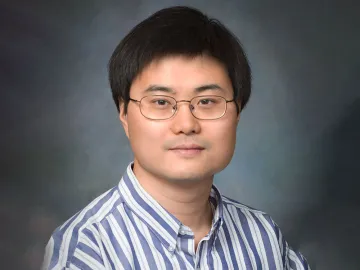
Yang’s project, “Particulate matter mitigation through urban green infrastructure: Research on optimization of block-scale green space” was one of just 31 awardees out of 567 eligible entries for the international prizes.
According to the World Health Organization, 91 percent of the world’s population lives in an environment that has excessive air particle pollution, and particulate matter with a smaller particle size (i.e., PM2.5) is the main pollutant. Previous studies suggested that urban green infrastructure is effective in mitigating PM2.5, while there are significant differences in PM2.5 concentration at the urban block scale. Because block is a central element of urban design, designing green infrastructure at the block scale can be effective in achieving PM2.5 mitigation goals.
Yang and his team of researchers and students from Huazhong University of Science and Technology, including Fei Dai, professor and head of the Department of Landscape Architecture, and Ming Chen, assistant professor of landscape architecture, analyzed the quantity, or area, and quality, or spatial configuration, of green infrastructure design in five metropolitan areas in China, including correlation analyses of landscape design metrics and long-term PM2.5 data.
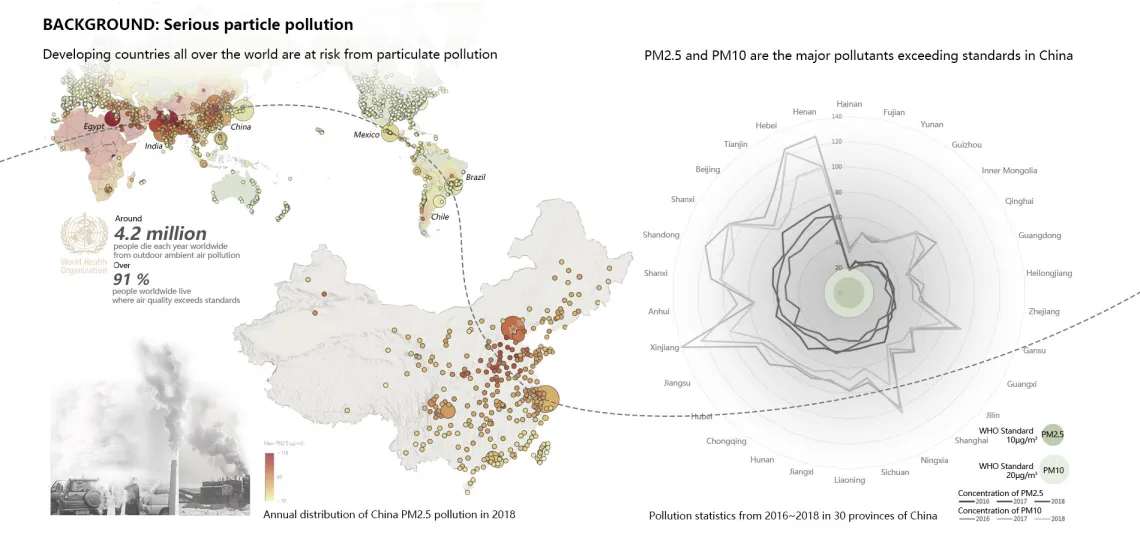
The team further developed optimized green infrastructure design strategies and then applied these strategies in a typical urban district and modelled the green infrastructure performance.
Their research provides strong evidence that green infrastructure design at the block scale is effective in improving air quality.
Other countries across the globe that face similar air quality challenges can benefit from this research.
Yang, who joined CAPLA in 2017, is a leading researcher on urban green infrastructure and landscape performance evaluation, particularly focusing on stormwater management and climate resilience. His research has been funded by the National Science Foundation, U.S. Geological Survey, Landscape Architecture Foundation, National Natural Science Foundation of China and others. He has published in premier academic journals including Landscape and Urban Planning, Ecological Engineering, Landscape Research and Ecological Indicators and is currently assistant editor of Landscape Research. He holds a PhD in Urban and Regional Science and a Master of Landscape Architecture from Texas A&M University and a Master of Architecture and Bachelor of Architecture from Huazhong University of Science and Technology in China. Yang is a registered landscape architect.
Image Gallery
Click a thumbnail below to view a larger image and begin slideshow:
All images are courtesy Bo Yang and may not be used or reproduced without express written permission of their creator.

